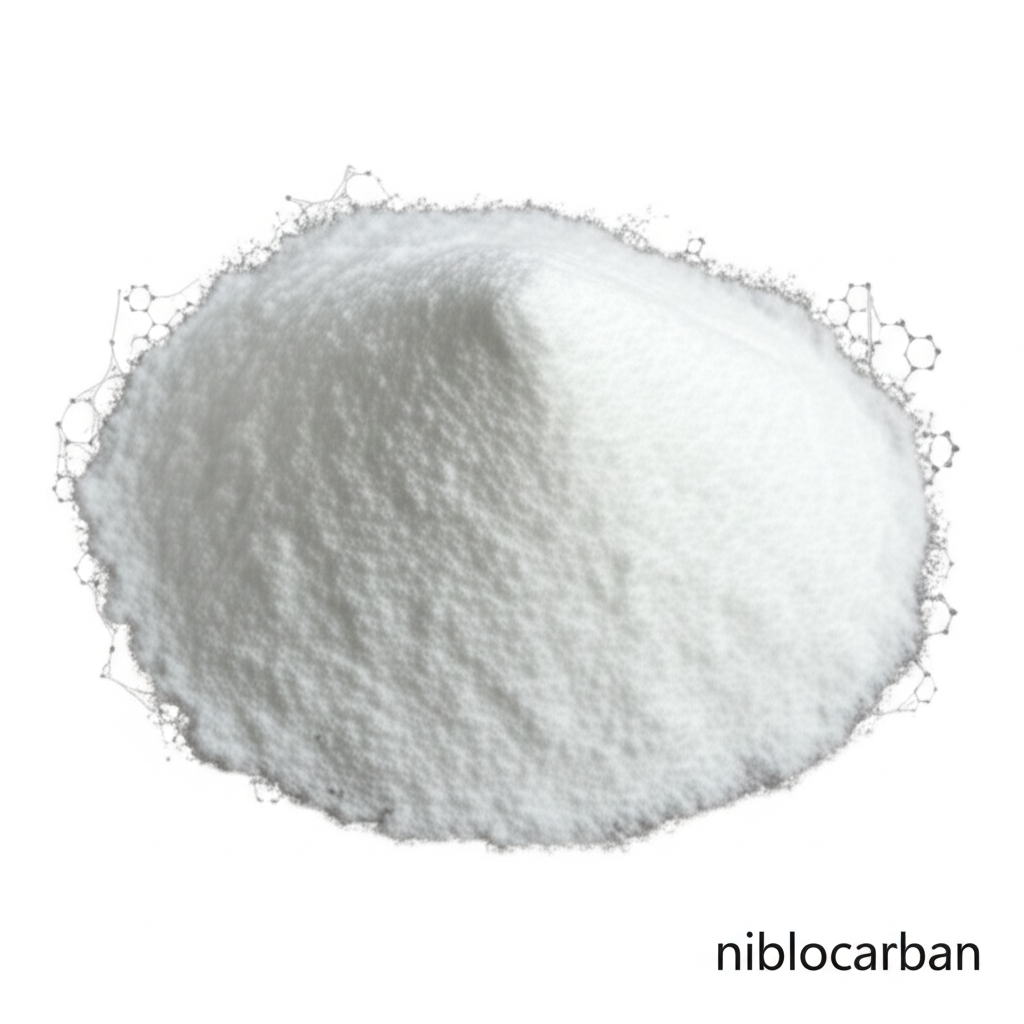Triclocarban (CAS 101-20-2): Properties, Applications, and Environmental Impact
A comprehensive look at the chemical's role in industry and consumer products, alongside its environmental and health considerations.
Get a Quote & SampleProduct Core Value

Triclocarban
Triclocarban, identified by its CAS number 101-20-2, is a chemical compound primarily recognized for its potent antibacterial and bacteriostatic properties. It has been widely utilized in the past in a broad spectrum of personal care items, including soaps, lotions, and deodorants, as well as in various industrial applications such as industrial water treatment and as a preservative in coatings and textiles. Understanding the triclocarban industrial applications is crucial for sectors relying on its efficacy.
- Exploring triclocarban environmental impact reveals its persistence and potential for bioaccumulation, prompting increased regulatory scrutiny.
- The triclocarban antibacterial mechanism is still under research, but it is known to target bacterial growth effectively.
- Triclocarban CAS 101-20-2 uses have historically been extensive in personal cleansing products before regulatory changes.
- Triclocarban health concerns have led to its phasing out in many consumer goods due to potential endocrine disruption and environmental persistence.
Key Benefits and Considerations
Antimicrobial Efficacy
Triclocarban demonstrates significant effectiveness against a range of bacteria, making it a valuable ingredient in applications requiring microbial control, a key aspect when considering triclocarban industrial applications.
Broad Spectrum Use
Historically used in both personal care and industrial settings, its broad applicability underscores its former importance, though triclocarban environmental impact is now a primary consideration.
Chemical Stability
Possessing good chemical stability and compatibility in acidic conditions, Triclocarban offers reliability in formulations, a characteristic that made it popular for various triclocarban CAS 101-20-2 uses.
Key Applications
Personal Care Products
Historically a key ingredient in antibacterial soaps, lotions, and deodorants, its use in this sector has declined due to triclocarban health concerns and regulatory actions.
Industrial Water Treatment
Its biocidal properties made it suitable for treating industrial water systems, preventing the growth of bacteria and algae, an example of triclocarban industrial applications.
Preservative and Biocide
Used as a preservative in coatings, paints, and emulsions, it also functioned as a bactericide and algaecide in various materials, highlighting diverse triclocarban CAS 101-20-2 uses.
Textile and Leather Industries
Applied as a mildew-retarding agent in textiles and leather products to prevent microbial degradation, a niche application that demonstrates its versatility before concerns about triclocarban environmental impact became prominent.
